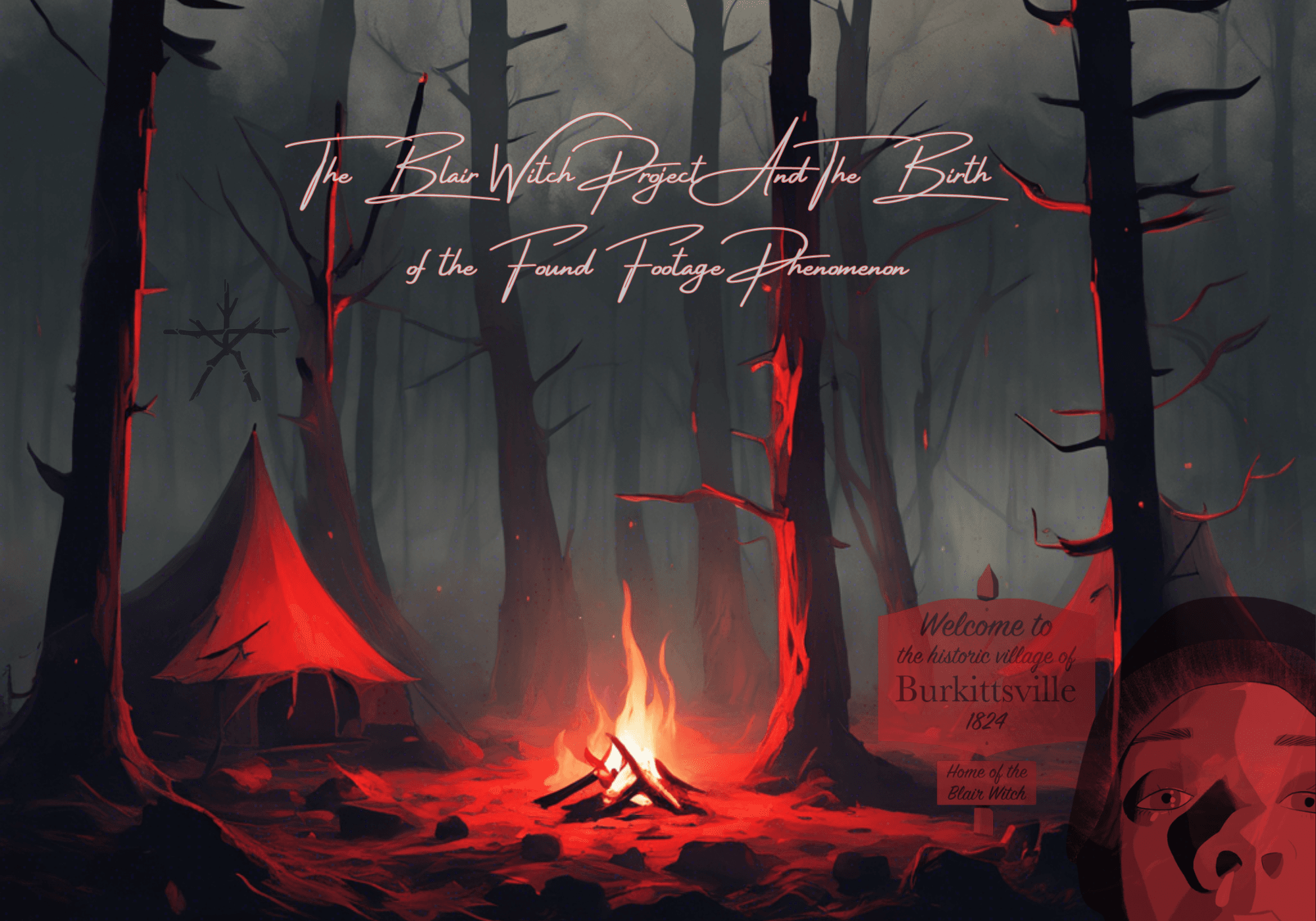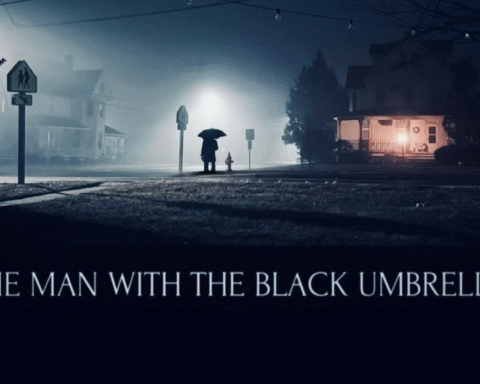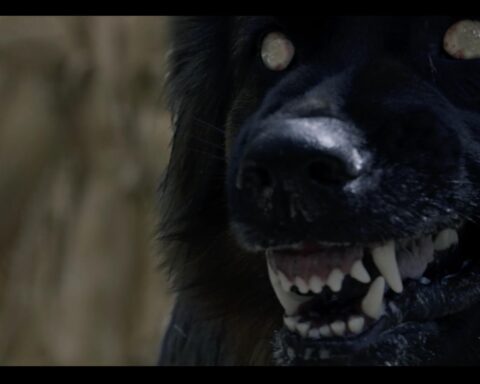In the annals of horror cinema, few films have had the lasting impact and pervasive influence of The Blair Witch Project. Released in 1999, this micro-budget independent film revolutionized the horror genre by employing an innovative approach to storytelling and production. Utilizing a raw, cinéma vérité style, the film convincingly masqueraded as an authentic documentary, thereby blurring the lines between reality and fiction. Its success is often attributed to its pioneering use of the “found footage” technique, a narrative device that would later become a staple in horror cinema.
The film’s cultural resonance was amplified by its groundbreaking marketing campaign, which exploited the nascent internet culture of the late 1990s to create an immersive and unsettling experience that extended beyond the cinema. The Blair Witch phenomenon is a testament to the power of suggestion, the potency of minimalist storytelling, and the efficacy of psychological horror.
This article delves into the various facets of The Blair Witch Project, examining its production history, narrative structure, thematic depth, and its indelible impact on both the horror genre and the broader cinematic landscape.
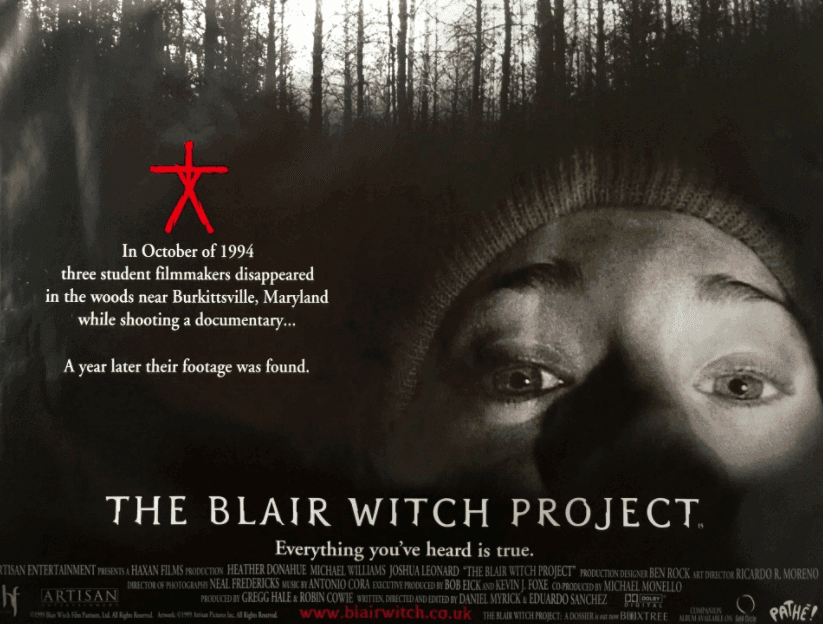
Narrative Structure and Storyline
The Blair Witch Project is constructed around a deceptively simple premise: three film students—Heather Donahue, Joshua Leonard, and Michael C. Williams—venture into the Black Hills near Burkittsville, Maryland, to investigate the local legend of the Blair Witch. The narrative unfolds through the lens of the protagonists’ own cameras, presenting a first-person perspective of their gradual descent into fear and madness. This approach not only immerses the audience in the experience but also serves to destabilize the viewer’s perception of reality.
The film’s narrative is structured as a slow burn, with tension escalating incrementally as the characters become increasingly disoriented and terrified. The absence of a traditional antagonist, or indeed any clear visual threat, shifts the focus to the characters’ psychological deterioration. This minimalist approach to horror is integral to the film’s effectiveness, as it leverages the power of the unseen and the unknown.
The storyline is further complicated by the interplay between reality and myth. The Blair Witch legend, though entirely fictitious, is presented with such verisimilitude that it becomes a character in its own right, an omnipresent force that exerts a malevolent influence over the narrative. The film’s refusal to provide clear answers or resolutions leaves the viewer in a state of unease, questioning what was real and what was imagined.
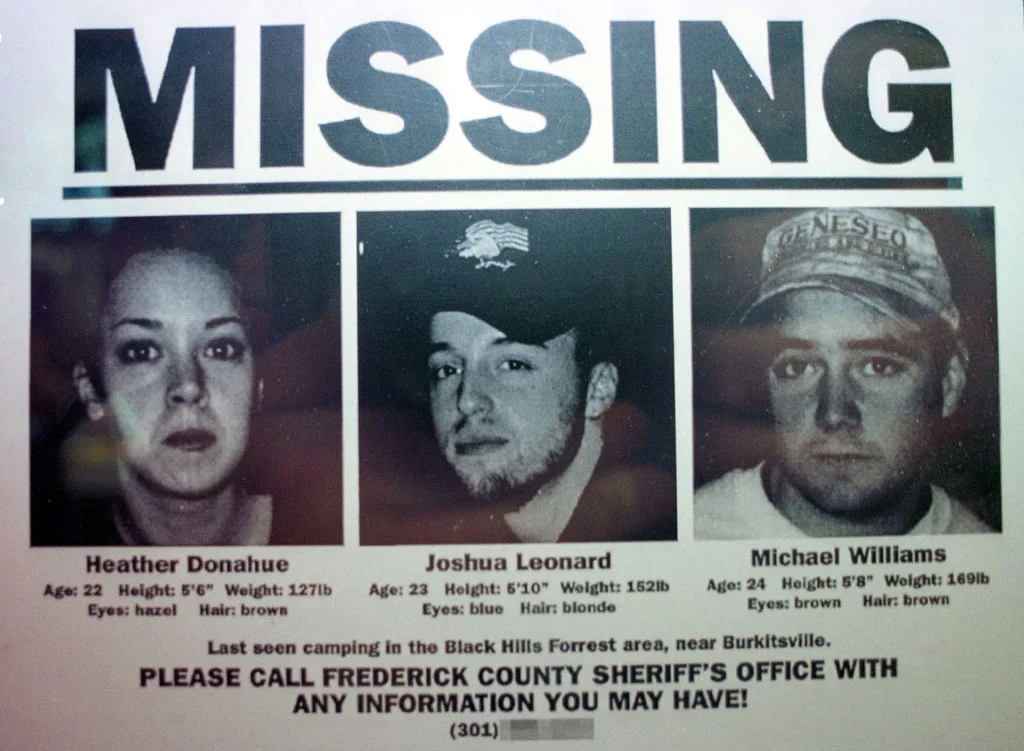
Production Methodology
The production of The Blair Witch Project is as much a part of its legend as the film itself. Directed by Daniel Myrick and Eduardo Sánchez, the film was shot over the course of eight days in October 1997, with a budget of approximately $60,000. The directors employed a largely improvisational approach, providing the actors with a 35-page outline of the plot but no scripted dialogue. This method allowed for a naturalistic performance style, with the actors reacting organically to the situations they encountered.
The decision to shoot the film on handheld cameras, specifically a Hi8 camcorder and a 16mm black-and-white camera, was both an aesthetic and practical choice. The grainy, amateurish quality of the footage reinforced the illusion of authenticity, while the use of natural lighting and sound added to the film’s raw, unpolished feel.
One of the most innovative aspects of the production was the directors’ use of psychological manipulation to elicit genuine fear and tension from the actors. The actors were deliberately kept in the dark about certain plot developments, and their real-life discomfort and exhaustion were incorporated into the narrative. For instance, the crew reduced the actors’ food rations over the course of the shoot, heightening their stress and frustration. Moreover, many of the scares in the film were improvised by the crew, who would create unsettling noises or disturbances without warning the cast.
This approach to production, while controversial, was instrumental in creating the film’s uniquely immersive and unsettling atmosphere. The actors’ performances are marked by a palpable sense of fear and disorientation, which is heightened by the film’s claustrophobic camerawork and fragmented editing.
Themes and Symbolism
At its core, The Blair Witch Project is a study in psychological horror, exploring themes of isolation, paranoia, and the disintegration of social order. The film’s narrative is steeped in ambiguity, with the eponymous Blair Witch serving as a symbol of the unknown and the unknowable.
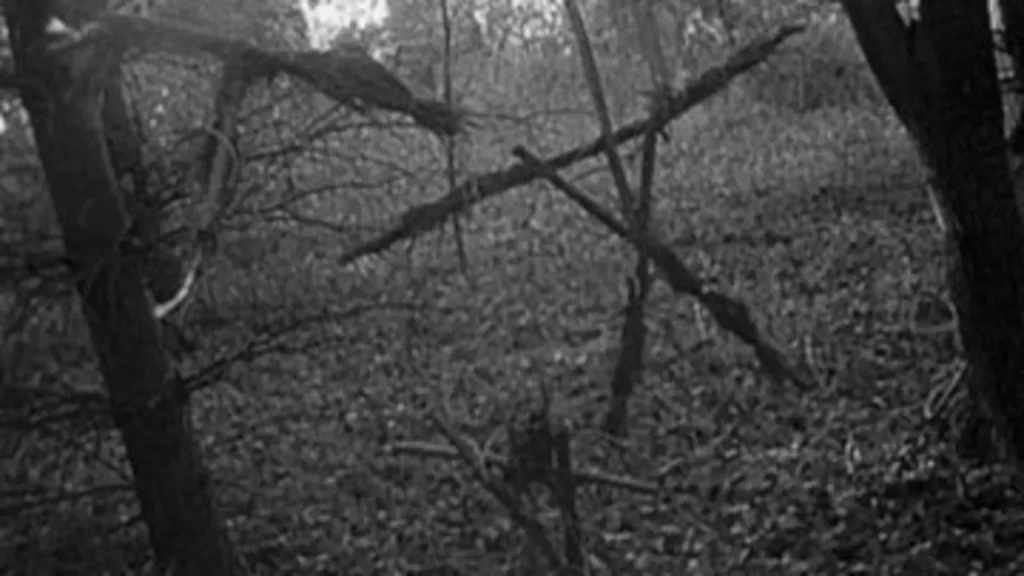
The Nature of Fear
One of the film’s most compelling thematic elements is its exploration of fear as a psychological construct. The characters’ fear is not driven by a tangible threat but by their growing sense of helplessness and uncertainty. This is exacerbated by their isolation in the woods, a setting that becomes increasingly hostile and disorienting as the narrative progresses. The film’s refusal to show the source of the characters’ terror underscores the idea that fear is often more about perception and imagination than objective reality.
The Disintegration of Social Bonds
As the characters become more lost and desperate, their interpersonal relationships begin to fracture. The initial camaraderie and shared purpose that brought them together quickly erodes under the pressure of their circumstances. This breakdown of social order is a recurring theme in horror, reflecting a broader anxiety about the fragility of civilization and the thin veneer that separates order from chaos.
The Power of Myth and Storytelling
The Blair Witch legend itself is a central theme, representing the power of myth and storytelling to shape reality. The characters’ belief in the witch’s existence, fueled by the stories they hear from locals and their own escalating paranoia, ultimately leads to their downfall. The film suggests that myths and legends, while often dismissed as mere superstition, have a profound psychological impact and can become self-fulfilling prophecies.
Ambiguity and the Unknowable
The film’s ambiguous ending, with its abrupt cut to black and lack of resolution, leaves the audience with more questions than answers. This open-endedness is a deliberate narrative choice, reinforcing the theme of the unknowable. The viewer is left to grapple with the same uncertainty and confusion that the characters experienced, creating a lingering sense of unease.

Marketing and Cultural Impact
The Blair Witch Project is perhaps as famous for its marketing campaign as it is for the film itself. The film’s producers, Artisan Entertainment, capitalized on the emerging internet culture of the late 1990s to create an innovative and immersive promotional campaign that blurred the lines between fiction and reality.
The Internet and Viral Marketing
In the months leading up to the film’s release, a website was created that presented the Blair Witch legend as real, complete with fabricated news articles, interviews, and “missing persons” posters. This guerrilla marketing strategy was one of the first of its kind and set a precedent for the use of the internet as a tool for viral marketing. The website became a sensation, with many viewers convinced that the film was a genuine documentary.
The Sundance Film Festival and Initial Reception
The Blair Witch Project premiered at the Sundance Film Festival in January 1999, where it was met with widespread acclaim. The film’s low-budget, DIY aesthetic, combined with its terrifyingly effective use of found footage, made it a standout at the festival. Following its success at Sundance, Artisan Entertainment purchased the distribution rights for $1.1 million and launched a nationwide release in July 1999.

The film’s release was accompanied by a media blitz that further perpetuated the myth of the Blair Witch. The actors were listed as “missing, presumed dead” on the IMDb page, and interviews with the filmmakers and “experts” were staged to maintain the illusion of authenticity. This meticulous attention to detail in the marketing campaign was instrumental in building anticipation and creating a sense of dread and curiosity among potential viewers.
Box Office Success and Cultural Phenomenon
Despite its modest budget, The Blair Witch Project became a box office sensation, grossing nearly $250 million worldwide. The film’s success was largely driven by word-of-mouth and the pervasive sense of mystery surrounding its origins. Audiences were drawn in by the promise of experiencing something genuinely terrifying and unlike anything they had seen before.
The film’s impact extended beyond the box office, becoming a cultural phenomenon that sparked debates about the nature of reality and fiction, the ethics of horror filmmaking, and the power of viral marketing. The Blair Witch Project also inspired a slew of parodies, references in popular culture, and even a resurgence of interest in urban legends and folklore.
The Found Footage Phenomenon
The Blair Witch Project is widely credited with popularizing the found footage technique, a narrative device that has since become a mainstay in horror cinema. The film’s success demonstrated the effectiveness of this approach in creating a sense of immediacy and realism, and it inspired a wave of imitators in the years that followed.
Evolution of the Found Footage Genre
The found footage genre, characterized by its use of diegetic camerawork and the pretense of being discovered footage, traces its origins to earlier films such as Cannibal Holocaust (1980) and Man Bites Dog (1992). However, it was The Blair Witch Project that brought the genre into the mainstream, proving that it could be both critically and commercially successful.
In the years following The Blair Witch Project, the found footage technique was employed in a variety of horror films, most notably in Paranormal Activity (2007), Cloverfield (2008), and REC (2007). These films built on the foundations laid by The Blair Witch Project, experimenting with different settings, narratives, and techniques while maintaining the core elements of the genre.
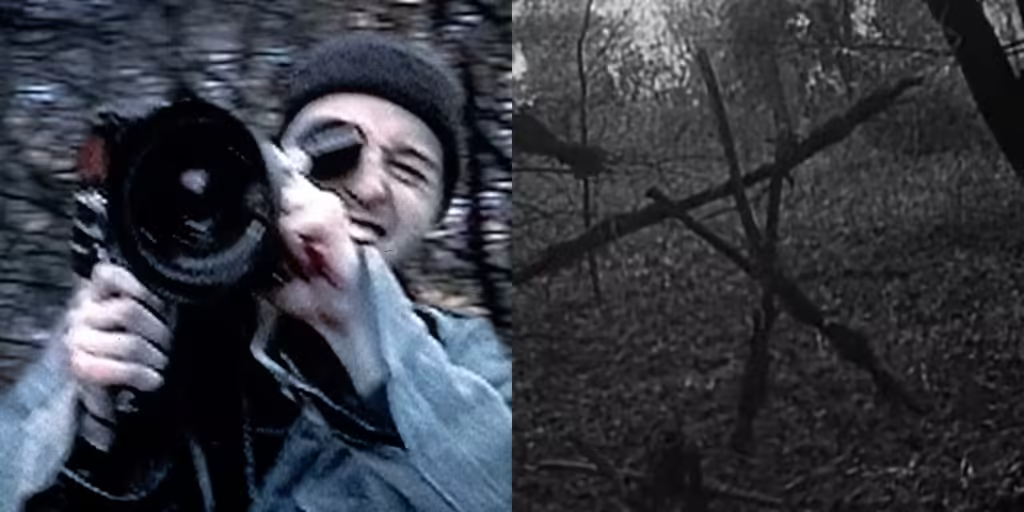
Criticism and Limitations of the Genre
While the found footage genre has been lauded for its innovation and realism, it has also faced criticism for its perceived overuse and limitations. Detractors argue that the genre’s reliance on shaky camerawork and low-budget aesthetics can be alienating to viewers, and that the narrative constraints of the found footage format can lead to repetitive and predictable storytelling.
Despite these criticisms, the found footage genre has persisted and evolved, with filmmakers finding new ways to explore its potential. The genre’s continued popularity is a testament to the enduring appeal of the immersive, voyeuristic experience that it offers.
Polemics and Controversies
The Blair Witch Project was not without its share of controversies, both during its production and after its release. These controversies, while often contentious, contributed to the film’s mystique and its enduring legacy.
Ethical Concerns in Production
The film’s production methods, particularly the directors’ use of psychological manipulation, have been a subject of debate. Critics argue that the filmmakers’ decision to withhold information from the actors and subject them to real-life discomfort raises ethical questions about the treatment of performers in the pursuit of authenticity. The actors’ accounts of the filming process reveal that they were often genuinely frightened and disoriented, blurring the line between performance and reality.
This method of filmmaking, while effective in creating a realistic and immersive experience, has sparked discussions about the ethics of such practices. The question of how far filmmakers should go in their pursuit of realism remains a contentious issue in the industry.
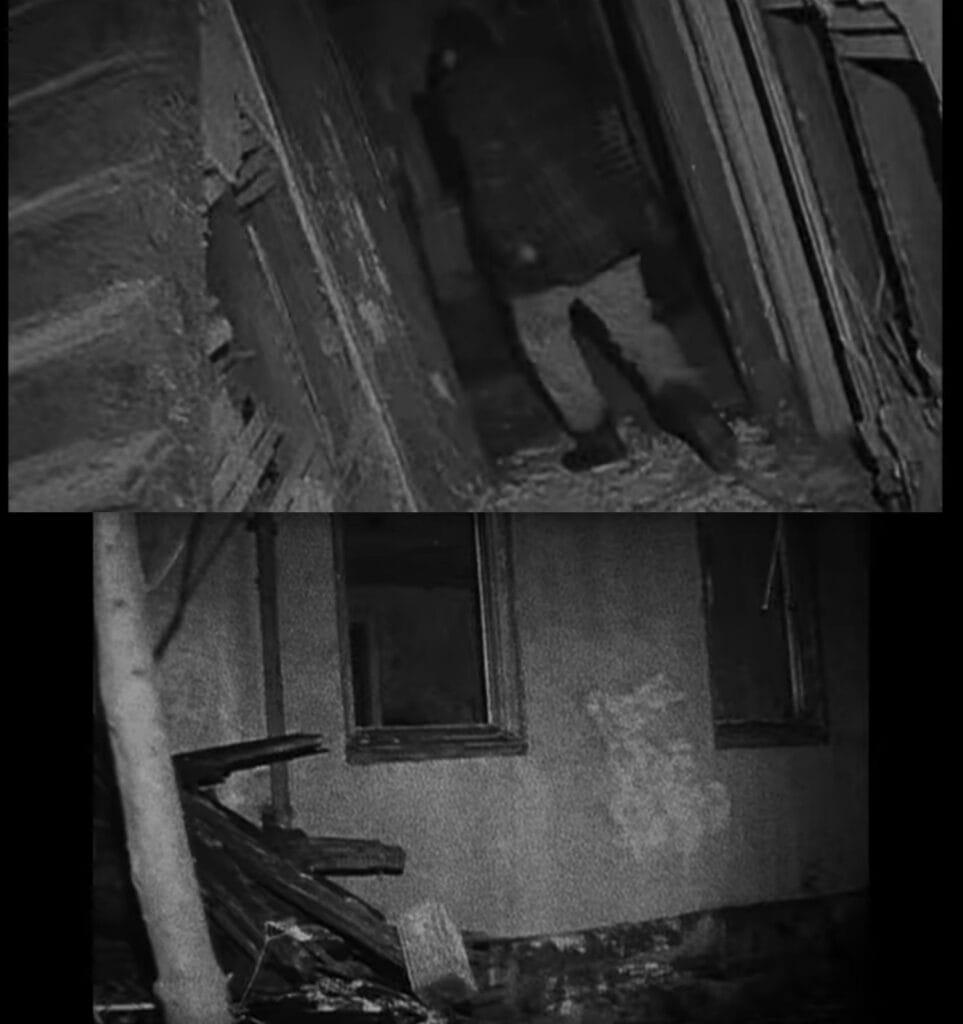
Audience Deception and the Blurring of Reality and Fiction
The film’s marketing campaign, which deliberately misled audiences into believing that the events depicted in the film were real, also sparked controversy. Some critics accused the filmmakers of exploiting the audience’s gullibility and blurring the line between reality and fiction to an unethical degree. This deception was central to the film’s success, but it also raised questions about the responsibilities of filmmakers in how they present their work to the public.
The controversy surrounding the film’s marketing highlights the complex relationship between reality, fiction, and audience perception in cinema. The Blair Witch Project’s success was inextricably linked to its ability to manipulate this relationship, but it also opened up a broader conversation about the ethics of such practices.
The Impact on the Actors
The actors in The Blair Witch Project faced a unique set of challenges following the film’s release. Initially, the actors were contractually obligated to maintain the illusion that the events depicted in the film were real, which limited their ability to promote their own careers. Additionally, the film’s success and the intense scrutiny that followed had a significant impact on their personal and professional lives.
Heather Donahue, in particular, has spoken openly about the difficulties she faced in the aftermath of the film’s release. The intense association with her character, combined with the public’s belief in the film’s authenticity, made it difficult for her to secure roles in other projects. This experience sheds light on the potential consequences for actors who become inextricably linked to a particular role or film, especially in cases where the line between character and performer is blurred.


The Aftermath and Legacy
The Blair Witch Project left an indelible mark on the horror genre and the film industry as a whole. Its influence can be seen in the numerous films that have adopted the found footage technique, as well as in the evolution of horror storytelling in the 21st century.
Influence on Subsequent Horror Films
The success of The Blair Witch Project inspired a new wave of horror films that sought to replicate its found footage style and minimalist approach to storytelling. Films like Paranormal Activity and Cloverfield built on the foundations laid by The Blair Witch Project, exploring new ways to use the found footage technique to create suspense and terror.
In addition to influencing the found footage genre, The Blair Witch Project also had a broader impact on the horror genre. Its emphasis on psychological horror and the power of suggestion helped to shift the focus away from gore and explicit violence, towards a more cerebral and unsettling approach to horror. This shift can be seen in the rise of so-called “elevated horror” films in the 2010s, such as The Babadook (2014), It Follows (2014), and Hereditary (2018), which prioritize atmosphere, character development, and psychological tension over traditional horror tropes.
The Enduring Popularity of the Blair Witch Mythos
The Blair Witch legend, despite being a work of fiction, has taken on a life of its own in popular culture. The film’s success led to the creation of a multimedia franchise, including a sequel, Book of Shadows: Blair Witch 2 (2000), a reboot, Blair Witch (2016), as well as books, video games, and comic books. While these subsequent entries in the franchise have not achieved the same level of critical or commercial success as the original film, they have contributed to the ongoing fascination with the Blair Witch mythos.
The enduring popularity of the Blair Witch legend is a testament to the power of storytelling and the way in which myths and legends can resonate with audiences even when they are known to be fictional. The Blair Witch Project tapped into a primal fear of the unknown and the unseen, creating a narrative that continues to captivate and unsettle viewers more than two decades after its release.
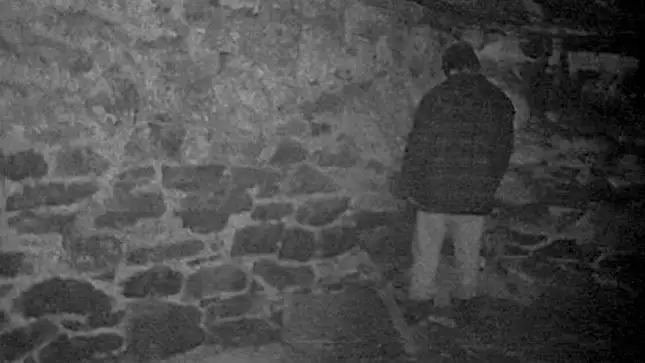
The Legacy of The Blair Witch Project in Independent Filmmaking
The Blair Witch Project’s success also had a significant impact on the independent film industry, demonstrating that a low-budget film with a unique concept could achieve mainstream success. The film’s production and marketing strategies have been studied by filmmakers and marketers alike, and its success is often cited as an example of how independent films can break through in a competitive marketplace.
The film’s legacy in independent filmmaking is also reflected in the continued popularity of the found footage genre, which has become a viable option for filmmakers working with limited budgets. The Blair Witch Project showed that innovative storytelling and effective marketing could compensate for a lack of resources, and its influence can be seen in the numerous low-budget horror films that have followed in its footsteps.
Conclusion
The Blair Witch Project is more than just a film; it is a cultural phenomenon that has left a lasting impact on the horror genre and the broader cinematic landscape. Through its innovative use of found footage, its minimalist approach to storytelling, and its groundbreaking marketing campaign, the film challenged conventional notions of horror and redefined the boundaries between reality and fiction.
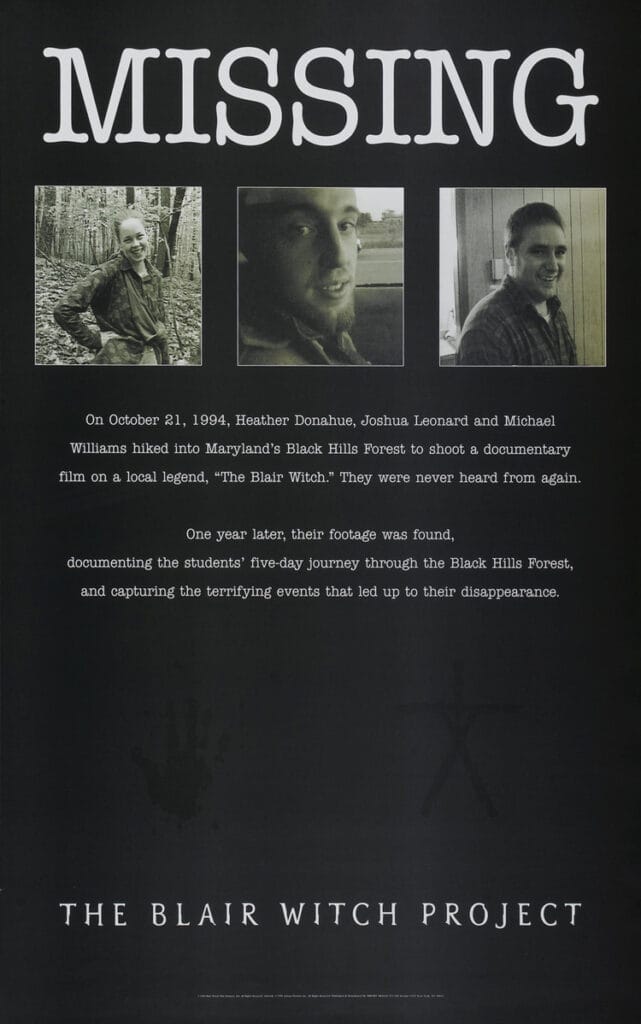
The film’s legacy can be seen in the continued popularity of the found footage genre, the evolution of horror cinema, and the ongoing fascination with the Blair Witch mythos. While it may have been controversial in its methods and polarizing in its reception, there is no denying the profound influence that The Blair Witch Project has had on both the film industry and popular culture.
As we look back on the film more than two decades after its release, it is clear that The Blair Witch Project was a seminal work that changed the way we think about horror and the possibilities of independent filmmaking. Its impact will continue to be felt for years to come, as filmmakers and audiences alike grapple with the enduring questions it raises about fear, reality, and the power of storytelling.
